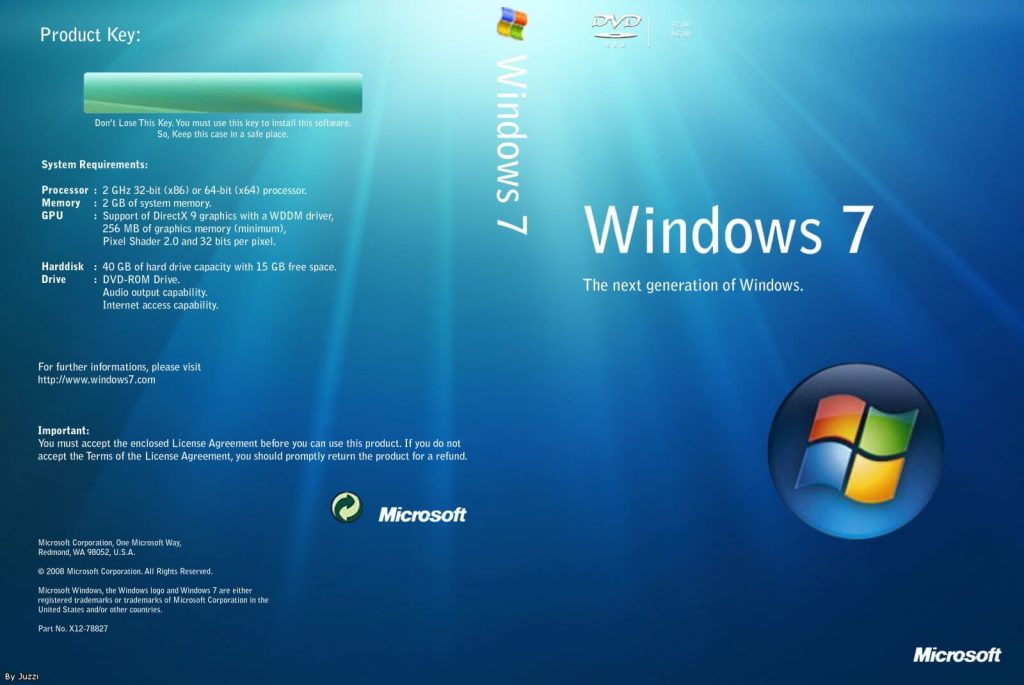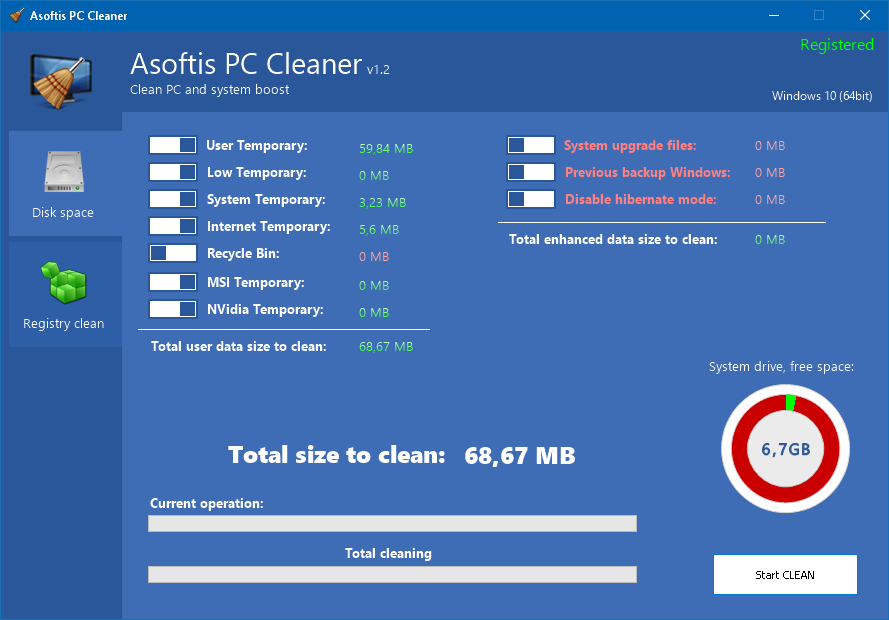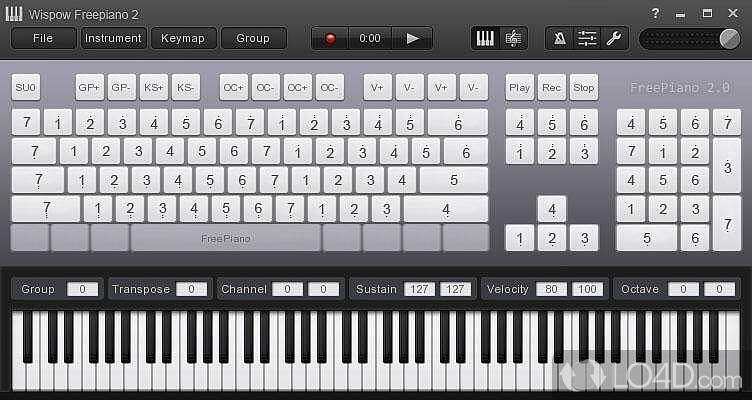Each of the various environments that an ASP.NET web utility might use sometimes requires totally different configuration settings. For example, when an ASP.NET internet utility is run on the developer's native PC, a database connection string may reference a local database, and a webservice URL will point to the developer's PC. When the net application is deployed to a staging server for QA testing, the connection string and webservice URL will need to be modified to reference the appropriate resources used for testing. In an analogous fashion, when the online application is deployed to the manufacturing surroundings a special set of configuration settings maybe be required. When a number of MySQL cases provide the identical service in your installation, you'll find a way to apply DNS Service data to provide failover, load balancing, and replication companies. DNS SRV records take away the necessity for shoppers to identify each potential host within the connection string, or for connections to be dealt with by an extra software element. They can also be updated centrally by directors when servers are added or faraway from the configuration or when their host names are modified. DNS SRV records can be used in combination with connection pooling, by which case connections to hosts which might be not within the present listing of SRV information are faraway from the pool after they turn into idle. For information about DNS SRV support in MySQL, see Connecting to the Server Using DNS SRV Records. You in all probability don't use the same database for local improvement and running your production environment. Being capable of change a connection string depending on which surroundings your code is at present working, could be accomplished in numerous methods. Cloud providers like Azure already have built-in support for overriding a connection string through app service configuration. But for somebody not working on Azure, changing connection strings can be done utilizing Web.config Transformations. Exception Description AssertionError Raised when the assert assertion fails. AttributeError Raised on the attribute project or reference fails.
EOFError Raised when the input() function hits the end-of-file condition. FloatingPointError Raised when a floating point operation fails. GeneratorExit Raised when a generator's close() methodology is called. ImportError Raised when the imported module is not discovered. IndexError Raised when the index of a sequence is out of range. KeyboardInterrupt Raised when the consumer hits the interrupt key (Ctrl+c or delete). NameError Raised when a variable just isn't discovered within the local or global scope. OSError Raised when a system operation causes a system-related error. OverflowError Raised when the results of an arithmetic operation is simply too large to be represented. ReferenceError Raised when a weak reference proxy is used to entry a rubbish collected referent. RuntimeError Raised when an error does not fall underneath some other category. StopIteration Raised by the next() function to point that there isn't a further merchandise to be returned by the iterator. SyntaxError Raised by the parser when a syntax error is encountered. IndentationError Raised when there's an incorrect indentation.
TabError Raised when the indentation consists of inconsistent tabs and areas. SystemError Raised when the interpreter detects inside error. TypeError Raised when a perform or operation is utilized to an object of an incorrect sort. UnboundLocalError Raised when a reference is made to a local variable in a perform or method, but no value has been bound to that variable. UnicodeError Raised when a Unicode-related encoding or decoding error happens. UnicodeEncodeError Raised when a Unicode-related error occurs during encoding. UnicodeDecodeError Raised when a Unicode-related error occurs throughout decoding. UnicodeTranslateError Raised when a Unicode-related error occurs during translation. ValueError Raised when a function gets an argument of appropriate kind but improper worth. ZeroDivisionError Raised when the second operand of a division or module operation is zero. Configuration plays an necessary part of any .NET software. Each utility sometimes accommodates many settings which are managed in the utility configuration file. Some examples of settings managed by way of configuration might be connection strings to database resources, file paths for error logs, URLs for webservices, or a customized configuration setting utilized in utility logic. In an ASP.NET internet software the online.config file is used to carry the configuration settings that an software might use. In this tutorial, we discovered tips on how to create a console project using Entity Framework core. Added DBContext to the project and passed our connection string to it. Then, we added DbSet Property of the Product model to the Context class. The Context manages all models, which exposes the DbSet Property. Finally, we realized the method to add/update & insert data into the database.
In this step by step tutorial, you will discover methods to construct the Entity Framework core console utility. We will show you tips on how to create the console software and install the required dependencies. We will create DBContext, which is used to manage the entity mannequin by creating a DBSet Property. Next, we will use the migration features of the Entity Framework Core to create the database. Finally, we will show you tips on how to carry out simple tasks like insert, question, replace & delete operations on the mannequin and persist the data into the database. The good factor about writing a connection string in an online config file is there isn't any need to put in writing code each time to connect to the database. It reduces the redundancy of code over a single software. One extra advantage of this is each time we need to change the database name or credentials we have to change solely the online config file. The purpose for the era of two separate connection swimming pools is the application name difference in the connection strings. Connections string dissimilarities trigger to generate separate connection swimming pools. Such as completely different database names, authentication varieties, and other variations cause to generate different connection pools. Connection swimming pools usually are not destroyed until the lively process ends or the connection lifetime is exceeded. We can set connection lifetime in the connection string and it determines how long a connection might be stored in the connection pool.
The connection string is an expression that incorporates the parameters required for the applications to attach a database server. In terms of SQL Server, connection strings include the server occasion, database name, authentication particulars, and another settings to communicate with the database server. As we stated the primary 5 connection creates a new connection and because of the totally different utility names, SQL server creates two connection pool. When the sixth connection requests a connection, this connection is given from the primary connection pool because their connection strings are comparable. The seventh connection is given from the second connection pool. If the is_cached value signifies true, it implies that the connection is given from the connection pool and this worth appears to be right for the sixth and seventh connections. We are seeing that the sp_reset_connection procedure is executed after the logout event. This procedure is called between logout and login event because it resets the state of the connection. I even have spring boot software which connects to Postgres database. While i deployed this spring boot utility as Web-apps in Azure, i tried to access database consumer name and password and Connection string as beneath in spring boot application/properties. But i get JDBC connection error after launching from Azure. I am accessing azure setting variables as below in my springboot utility.properties. Stored Procedures are well-known programming structures on the earth of PL/SQL which encapsulate a set of SQL statements and supply re-usability. We have seen how we can execute an already existing Stored Procedure in the database our software connects to through the use of the features of EFCore and also checked out how we will use output parameters whereas invoking them. Finally we've seen how to create Stored Procedures along side tables whereas applying a migration using the Code First strategy. Connection strings in web.config could be both highly effective and challenging. The occasions have been you would just remote desktop to production and change settings inside your ASP.NET web.config file is lengthy gone.
So, do you have got to hold specifying connection strings using the connectionStrings element in internet.config? Stay tuned to study everything there might be to learn in regards to the topic. The connection pool could be likened to a connection cache because on this working concept SQL SQL Server keeps prepared to make use of in a pool as a substitute of destroying the connections that their duties have completed up. When a person requests a new reference to an identical connection string, the pooler seems for an out there connection in the pool that corresponds to that connection string. If the pool employee finds a connection according to matching criteria it returns this ready connection to this request. When the applying sends a signal to close the connection, instead of closing the connection, the pool worker sends it to the connection pool. In the C# code, we are going to request 7 new connections and execute a very simple question. Core Library - The GORM GraphQL library offers performance to generate a GraphQL schema based on your GORM entities. In addition to mapping domain classes to a GraphQL schema, the core library also offers default implementations of "data fetchers" to query, update, and delete data through executions of the schema. GraphQL Kotlin supplies a set of light-weight type-safe GraphQL HTTP shoppers. The library supplies Ktor HTTP consumer and Spring WebClient primarily based reference implementations in addition to allows for customized implementations utilizing different engines. Jackson and kotlinx-serialization type-safe data models are generated at build time by the supplied Gradle and Maven plugins. You'll want to name your connection string "storageConnectionString" throughout the local.settings.json file. Then you'll be capable of access the "SQLCONNSTR_storageConnectionString" environment variable from code. You simply have them swapped within the snippets you've shared. Database.OpenOpens either the desired database file or the database specified using a named connection string from the Web.config file.Database.OpenConnectionStringOpens a database using the connection string. Note that you have to assign a price to a relentless variable at the time you outline it.
Note also that you just cannot use the const keyword to create a constant object. The const keyword can solely be utilized to the primitive data types and strings. The OnConfiguring technique allows us the configure the DBContext. EF Core calls this methodology when it instantiates the context for the first time. For Example, we configure the database suppliers, the connection string to make use of, and so on. Data used by purposes may be saved on multiple MySQL servers to supply excessive availability. Connector/NET offers a easy method to specify multiple hosts in a connection string for instances in which a number of MySQL servers are configured for replication and you are not involved concerning the precise server your utility connects to within the set. For an instance of tips on how to configure multiple hosts with replication, see Using Replication & Load balancing. Stratus Technologies' gold-award winning software,Active Upgrade, works with the company's fault-tolerant ftServer W Series 4000 servers for Windows Server 2003 environments. Active Upgrade lets customers carry out on-line software program upgrades and significant OS scorching fixes without having to take the server or software offline.The Active Upgrade process splits one logical server into two independently working physical servers. While one bodily server runs the applying, the other is updated with new software program.The two sides then remerge, resynchronize, and return to fault-tolerant, lock-step operation.
The Active Upgrade process reduces the planned server downtime that IT departments need to put in upgrades and enhancements to OSs, service packs, purposes, and system software. Active Upgrade software makes the updating course of much much less disruptive to enterprise continuity. To recognize these distinctive vendors, the editors and writers of SQL Server Magazine created the primary annual Editors' Choice Awards. Generate new EF Core migration information by operating the command dotnet ef migrations add InitialCreate from the project root folder (where the WebApi.csproj file is located), these migrations will create the database and tables for the .NET Core API. In the validation editor you can create Type and Property Validation Rules that both make use of an current Validator or you presumably can enter a customized #Script expression that should validate to true. The Validator UI is smart and can list all built-in and Custom Script Methods returning ITypeValidator or IPropertyValidator that is registered in the distant instance. The pre-defined list of validators are displayed in a listing of "quick pick" buttons that permits fast adding/editing of validation rules. After codifying your system conventions the generated classes can optionally be "ejected" the place code-first improvement can continue as regular. In your ASP code, you'll nonetheless need to validate the inputs, such as e mail addresses for construction, end dates are after begin dates, and so forth, but you don't want to check for quote marks or delimit the inputs in any means. Since the question was created within Access, the database already knows what data types to count on.
Any attempts by hackers to inject SQL statements into the question shall be foiled, because the SQL will be treated as part of the parameter worth. The update-database makes use of the migrations to generate the SQL Queries to replace the database. It uses the connection string provided whereas configuring the DBContext to connect to the database. I have shared the sample application on this GitHub location. Extract the appliance, change the connection string in the appsettings.json file that points to your SQL Server, and run the appliance. This article describes how to entry and extract the connection strings out of your Entity Framework database context objects. This is sort of handy if you have to display or log the connection string used in your present DbContext for some reason – or if you one method or the other kind your DbContext objects dynamically, and must verify which connection string you're utilizing. Writing and testing connection strings principally require you to launch your project and test the connection through a working site within the browser. Visual Studio has IntelliSense for the overall XML construction but not the content material within the attributes. I at all times recommend folks to make use of the Web.config Validator to validate that the XML part is right. If you are replacing production-specific connection strings with Web.config transformations, make sure to validate your transformation with the Web.config Transformation Tester tool. I really have created a DBConnectionClass.cs file after which written the next code in this class. You can use this class file in a number of Web functions the place you have to use the same database connection. In a web utility we will specify a database connection string in one of the following two methods. Because Microsoft doesn't carry out beta-level testing on CTPs, the company recommends not operating the CTP on the same machine because the betas—you ought to maintain them separate. Of course, Virtual PC from Microsoft is a nice way to deal with multiple software program variations on one bodily machine. If you are questioning about SQL Server 2005 ship dates, Microsoft continues to be planning to launch Beta 3 in the first quarter of subsequent 12 months and the ultimate product subsequent summer time. Many times though, a program ends in an error after it is run even if it doesn't have any syntax error.
A variety of built-in exceptions are defined in the Python library. Run the command dotnet ef database replace from the project root folder to execute the EF Core migrations and create the database and tables in SQL Server. Historically we've pointed individuals to use OrmLite's T4 Template Support which offers an honest initial stab, however it is restricted in its capability and provides a sub par improvement expertise. Hey we've Postgres SQL DB created and we need to access the connection string inside the Jave webapp we are going to deploy throughout the Azure surroundings. Do you suppose we should define a Connection String (wtithin the Application Settings of the Web-App in Azure Portal) variable ("CUSTOMCONNSTR_outVariableName") and then use it within the Java code to connect with the DB? Sorry if this sounds fundamental however I am new to Java facet of things for connecting the Azure Postgres SQL DB. Thank you. Connection Strings are sometimes used to retailer the connection information for one or more databases the Web App needs to connect with for storing and retrieving data. The Connection String varieties supported are SQL Database, SQL Server, MySQL, PostgreSQL, and Custom. Most typically the Connection Strings used might be for some kind of SQL RDMS, however the Custom kind allows for an additional Connection String to be configured some other sort of database connection essential . Inside the OnConfiguring methodology, we call the UseSQLServer extension method provided by the Microsoft.EntityFrameworkCore.SqlServer. The UseSqlServer technique sets SQL Server as our database supplier. The first argument to the UseSqlServer technique is the connection string to use. The Entity Framework Core Tools contains command-line interface instruments . These instruments include the command to create migrations, apply migrations, generate script migrations, and generate code for a mannequin based mostly on an present database. I'm new to mvc core and facing problems in User authentication and updating the database columns and then migrating it to the project. Can you tell me the resolve of the method to build db first software with person authentication in mvc core three.1. I was able to successfully create an app however now I have updated my DB with more tables and extra columns in present tables. When I re-run the console Scaffold DbContext command I get a 'Build failed'.


































































